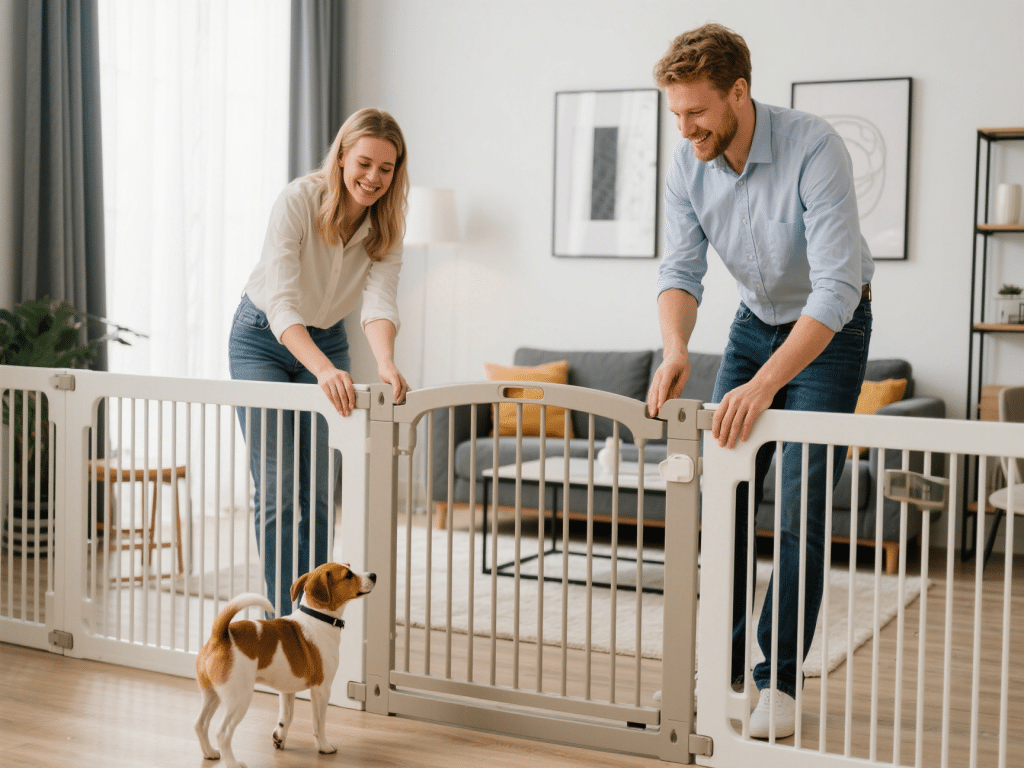
Introduction
Welcoming a puppy into your home brings joy—and potential chaos. Furniture chewing, potty accidents, and knocked-over décor are common in eager, teething pups. Puppy-proofing your living room doesn’t mean sacrificing style. With thoughtful adjustments and strategic products, you can create a safe and aesthetically pleasing space.
1. Identifying Common Hazards
Electrical Cords and Outlets: Puppies are curious and may chew cords, risking electrocution.
Fragile Décor and Breakables: Vases, glass coffee tables, and decorative objects can shatter if knocked over.
Toxic Plants and Household Items: Pothos, lilies (for cats), and certain holiday plants (poinsettias) are toxic. Cleaning supplies, medications, and small choking hazards should be stored securely.
Unprotected Sharp Edges: Coffee tables with sharp corners pose injury risks for energetic puppies.
2. Strategic Furniture Arrangement and Protection
Use Furniture Shields and Corner Guards: Install clear, adhesive edge bumpers on coffee tables and entertainment centers to reduce chewing and accidental bumps.
Elevate Fragile Items: Place breakables on high shelves or wall-mounted display cases beyond puppy reach. Consider closed cabinets with glass doors for safe visibility of valuable objects.
Choose Puppy-Resistant Furniture: Opt for leather or microfiber sofas—durable materials less susceptible to claw and tooth damage. Removable, washable slipcovers protect upholstery from stains and fur.
Anchor Top-Heavy Furniture: Secure bookshelves, TV stands, and cabinets to the wall with anti-tip straps to prevent them from toppling if climbed or bumped.
3. Securing Electrical and Hazardous Zones
Cord Management Solutions: Use cord concealers or cable management boxes to hide and protect wires. Cover outlets with sliding safety plugs.
Restrict Access with Decorative Gates: Stylish pressure-mounted or retractable gates can section off high-risk areas. Look for wood or metal designs that complement living room décor.
Hide Cleaning Supplies and Small Objects: Store cleaners, remotes, and small décor in locked cabinets or high drawers. Utilize high shelves or childproof boxes.
4. Designated Puppy Zone
Create a Cozy Corner: Use a plush pet bed or crate with a washable cover. Surround this area with chew-resistant toys (rubber Kongs, Nylabones) to encourage appropriate chewing.
Place Puppy Pads or Training Mats: For initial house training, lay puppy pads in a discreet, yet accessible, corner lined with an easy-to-clean rug. Gradually move them toward your desired potty zone to establish routine.
Use Stain-Resistant Rugs and Flooring Rugs: Choose low-pile, washable rugs for comfort and easy cleaning. Avoid shag carpets where accidents can seep deeply.
5. Toy Storage and Organization
Stylish Baskets and Bins: Store toys in decorative baskets with lids to minimize clutter. Encourage organizational habits by teaching your puppy to retrieve toys from a specific bin.
Rotate Toys Regularly: Keep only a few toys out at a time—rotate weekly to maintain novelty and reduce mess. Excess toys on the floor can become tripping hazards.
6. Training Aids and Positive Reinforcement
Use Bitter Sprays on Furniture: Safe, pet-friendly deterrent sprays discourage chewing on wood or upholstery. Test a small, hidden area first to ensure no discoloration.
Reinforce Good Behavior: Reward your puppy with treats and praise for chewing on toys instead of furniture. Consistency and patience during crate training and supervised playtimes reduce temptation.
Interrupt Unwanted Behavior: If your puppy starts chewing on forbidden items, calmly redirect them to an approved toy. Avoid harsh punishment—use redirection and positive reinforcement.
7. Maintaining Aesthetic Appeal
Choose Cohesive Color Schemes: Select puppy-proof accessories (gates, toys, covers) that match or complement living room colors—e.g., matte wood gates in natural tones or neutral-toned storage bins.
Incorporate Dual-Purpose Furniture: Ottomans with storage can hide dog supplies while serving as extra seating. Coffee tables with lower shelves allow décor display above, and toy storage below.
Opt for Minimalist Décor: Fewer knickknacks reduce hazards and cleaning time. Select sturdy, dog-safe accents like ceramic planters (with non-toxic plants), weighted candle holders (for safe lighting), and wall art hung securely.
8. Regular Maintenance and Supervision
Frequent Cleaning: Vacuum pet hair daily to prevent matting and maintain a clean appearance.
Inspect Chewing Damage: Check furniture and baseboards regularly. Repair minor chew marks promptly to prevent further damage.
Supervise During Exploration Phase: Puppies test boundaries; supervise free roaming until trust and training are established. Use positive reinforcement to guide behavior.
Conclusion
Puppy-proofing your living room is achievable without compromising style. By combining functional design elements—such as cord concealment, chew-resistant decor, and aesthetic gates—with consistent training and positive reinforcement, you create a safe, welcoming space. Thoughtful organization, quality materials, and patience will ensure both your puppy and your living room remain happy and harmonious.

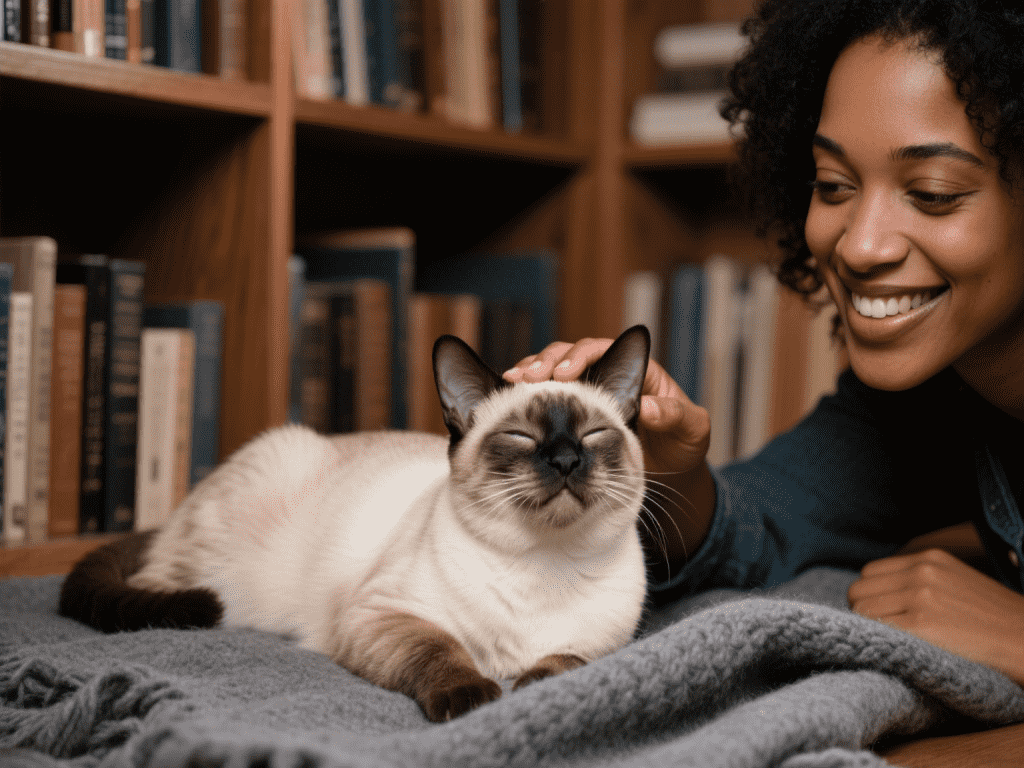
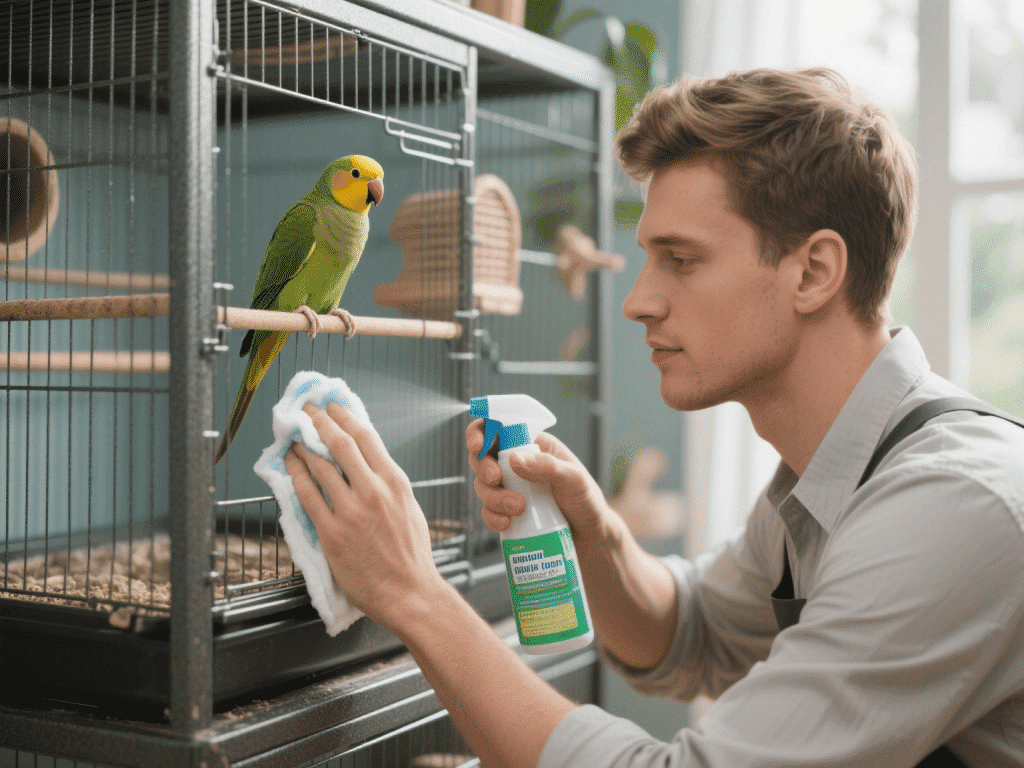
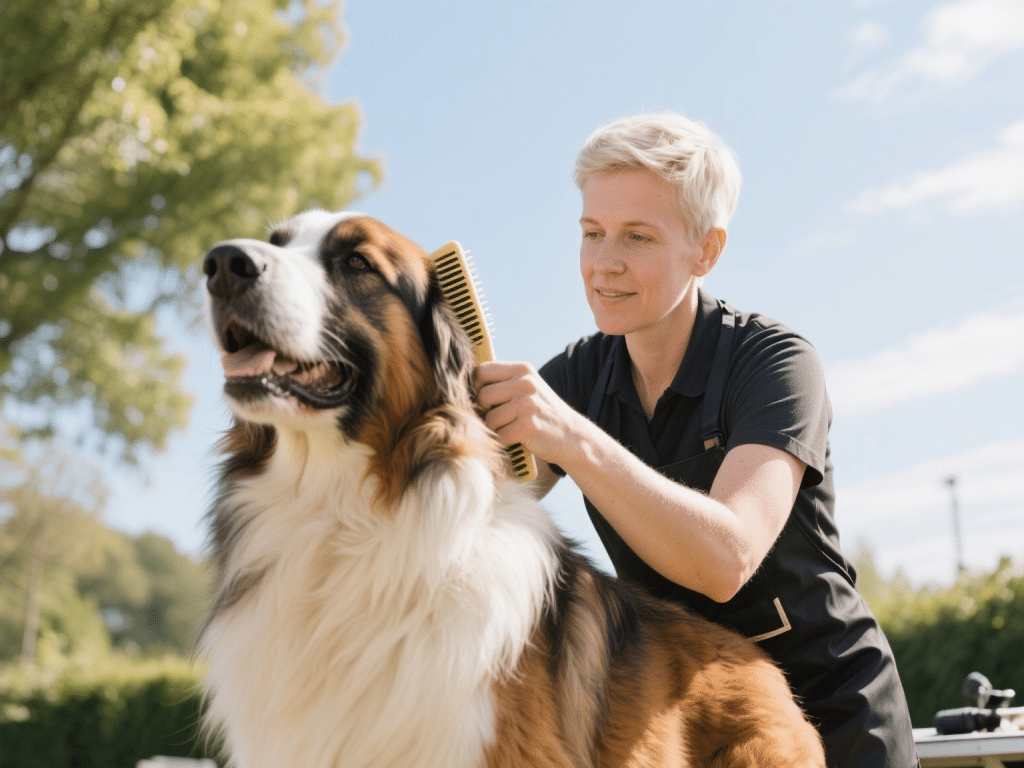

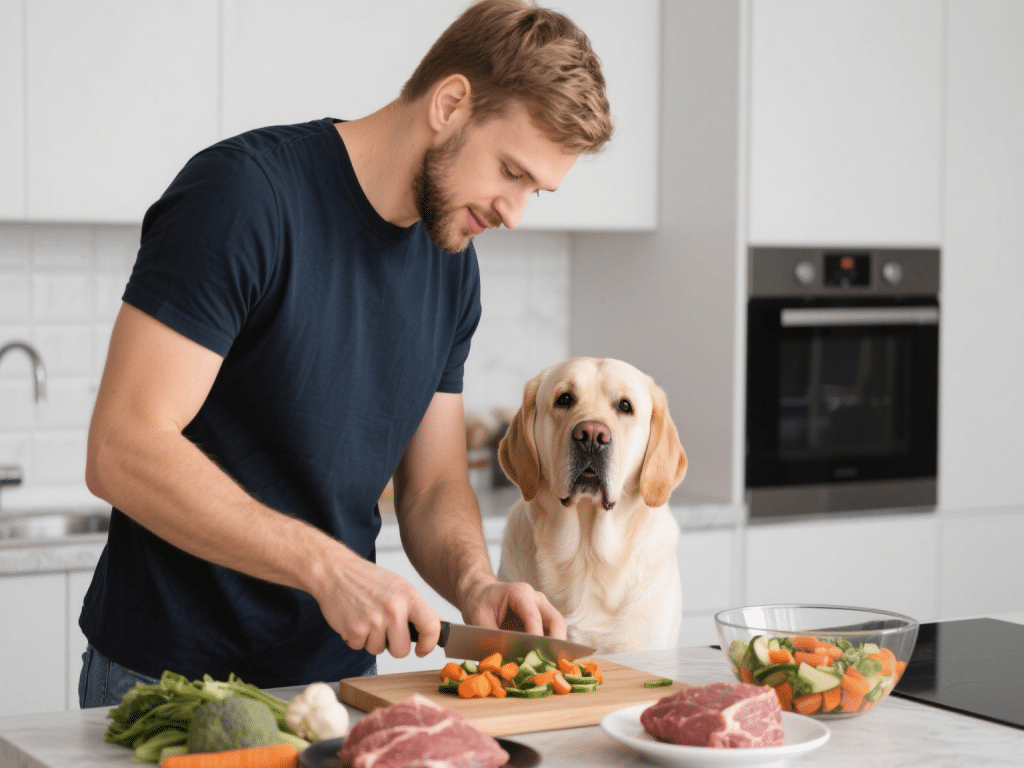
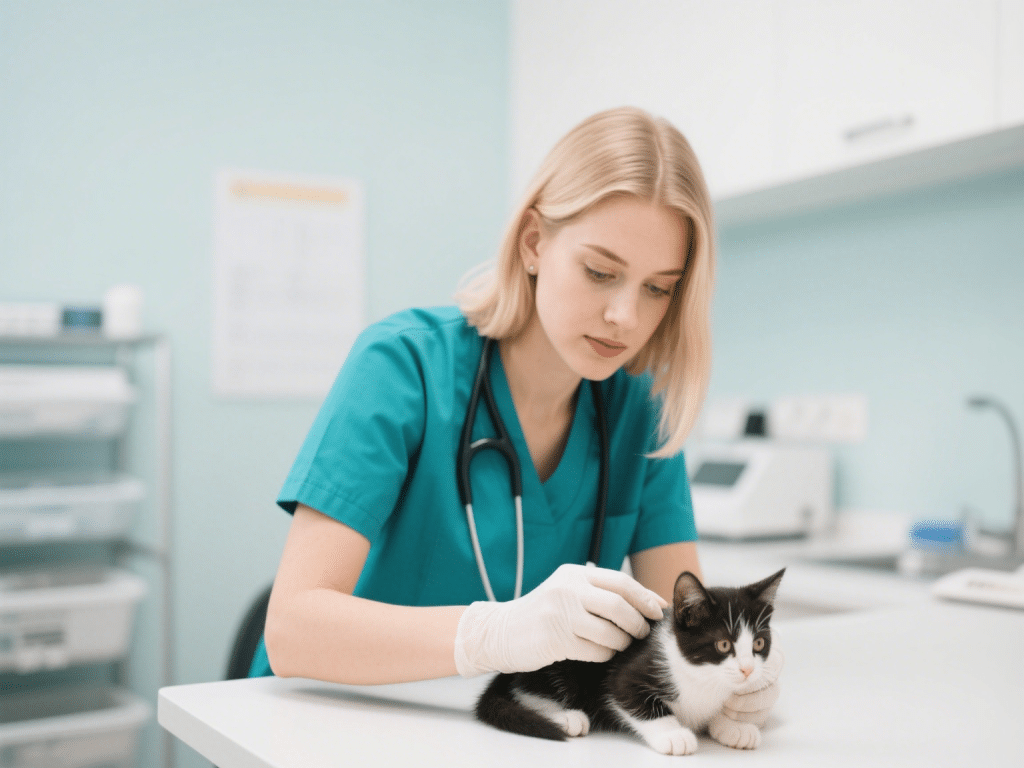
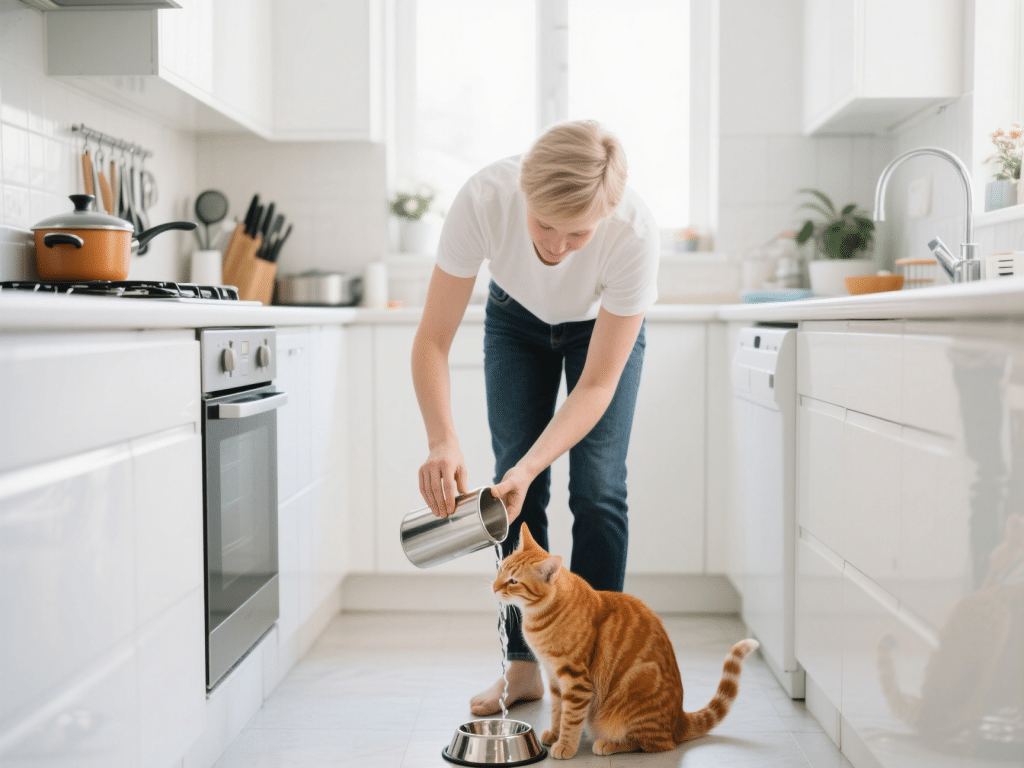
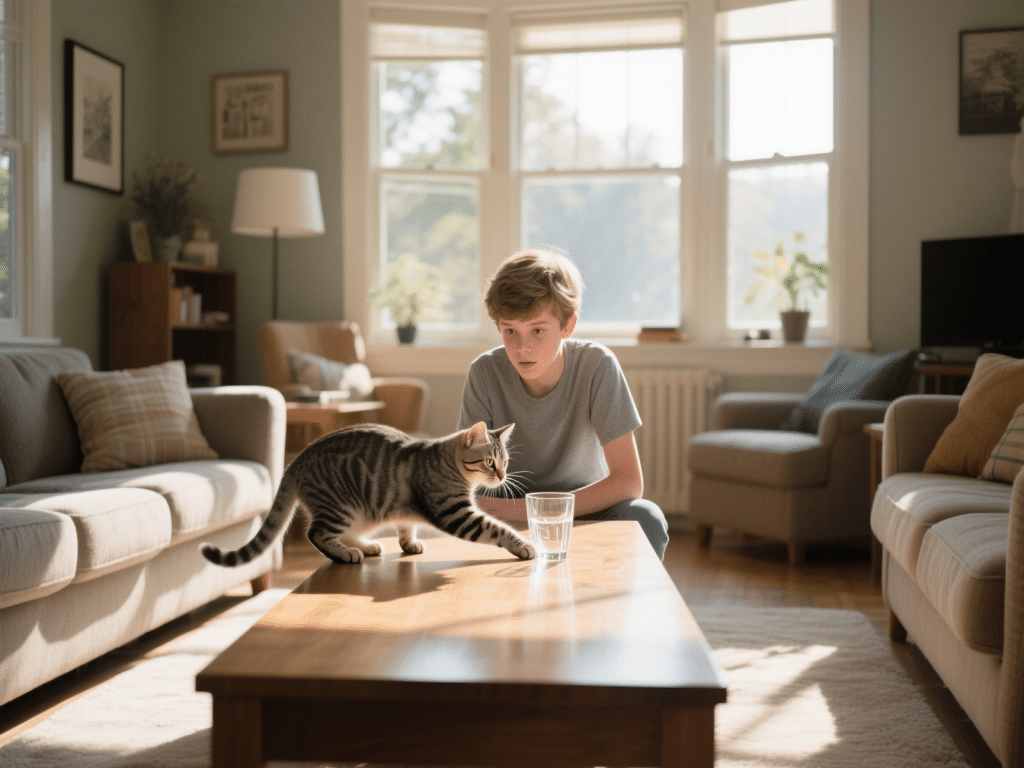
Comments on " How to Puppy-Proof Your Living Room Without Ruining It" :